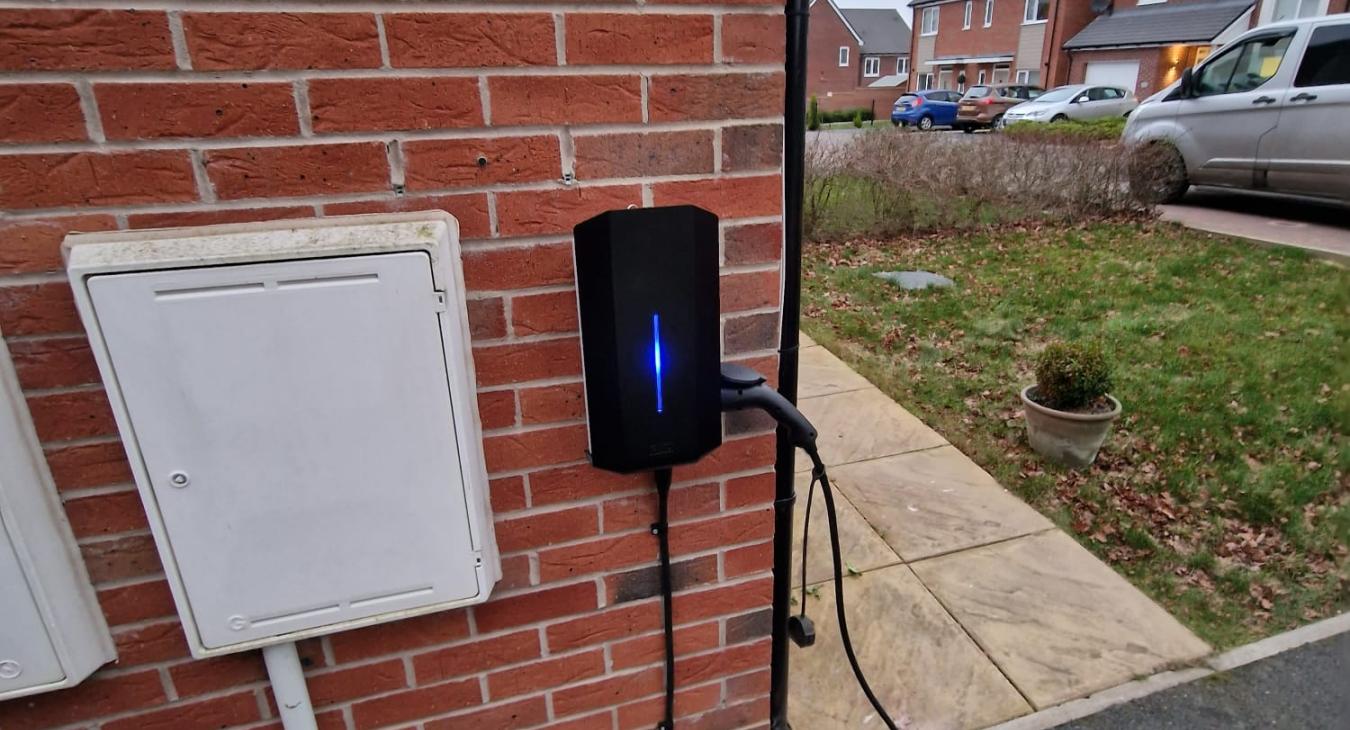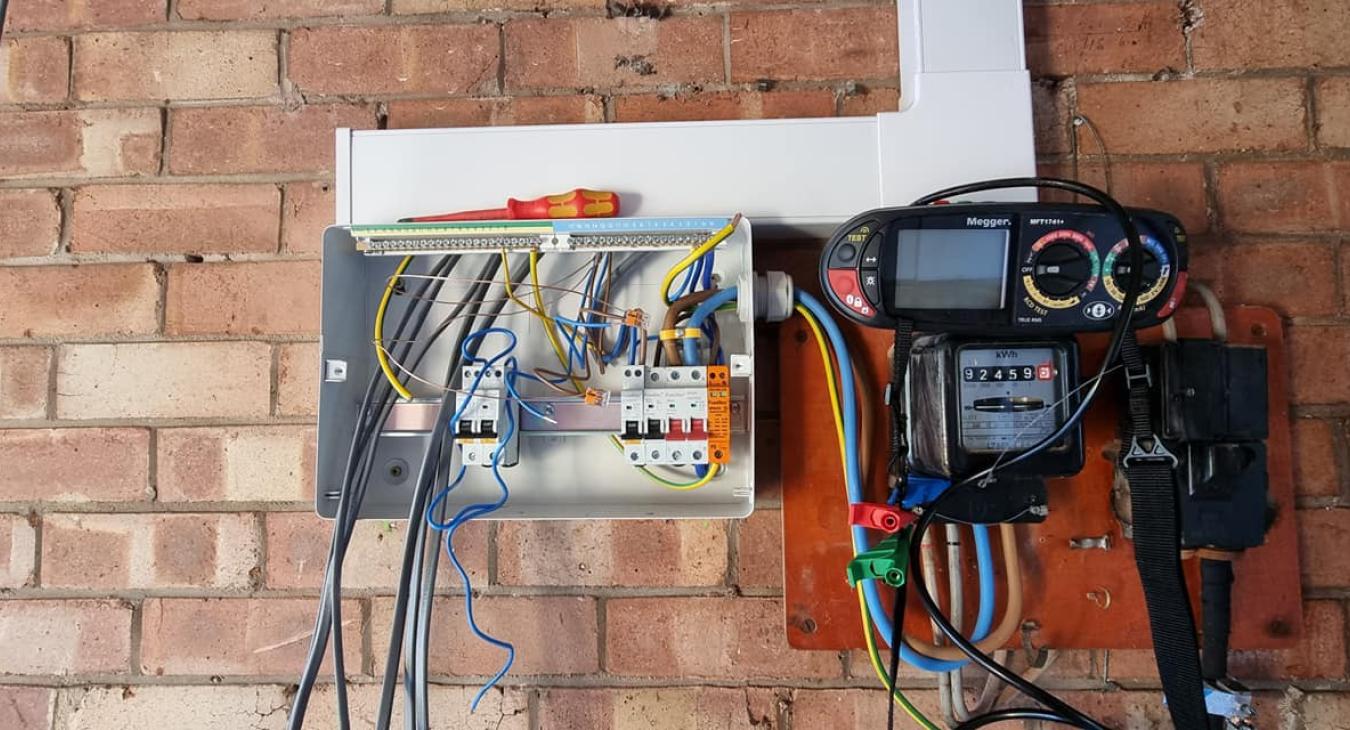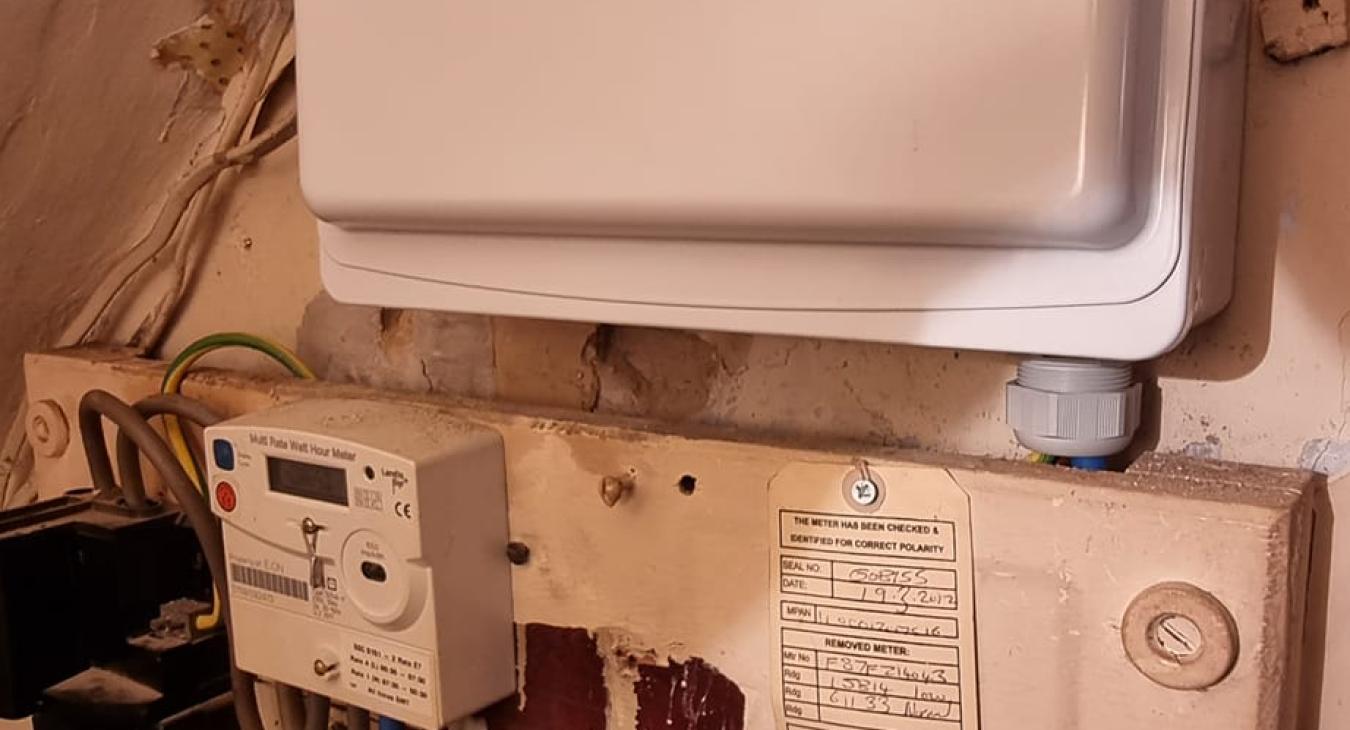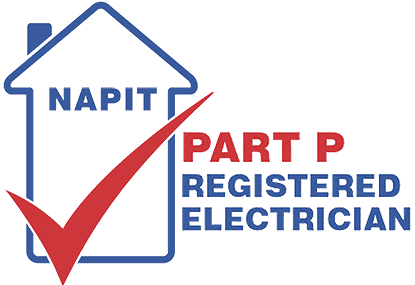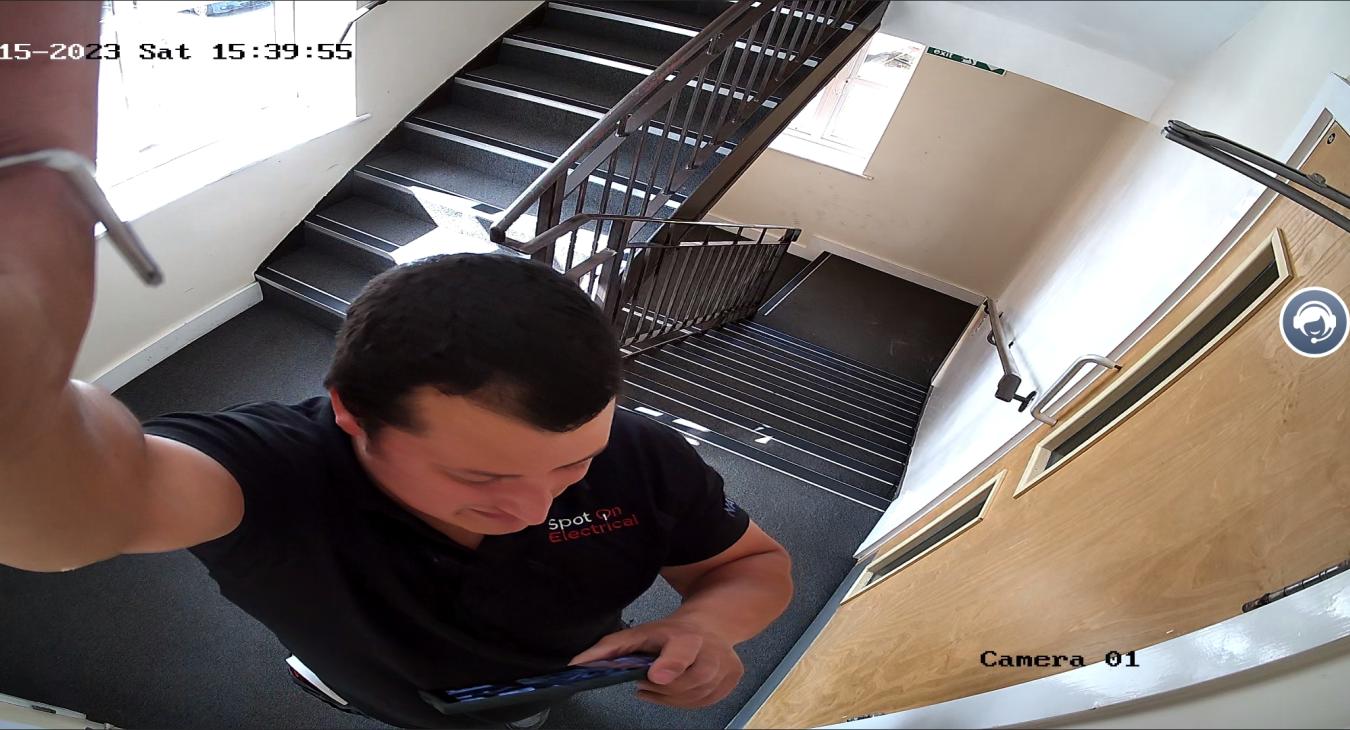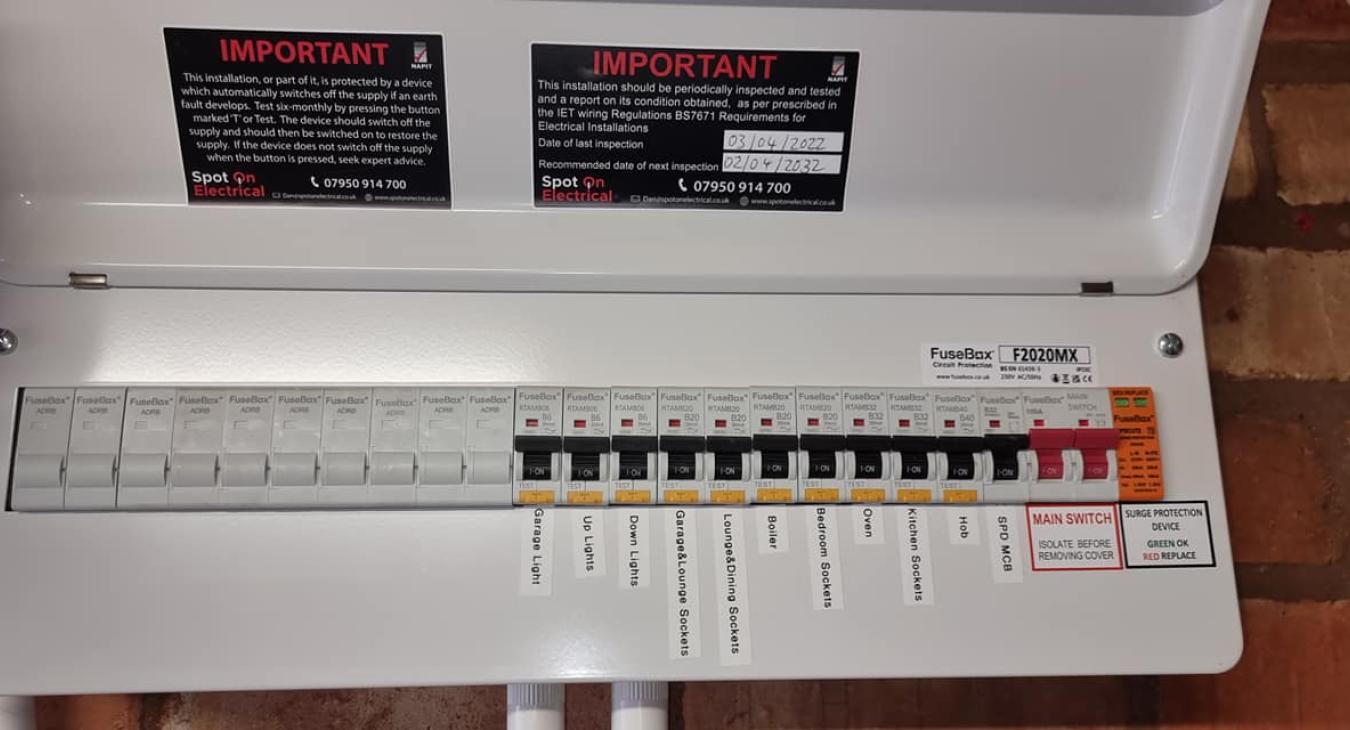In this blog we'll cover everything you need to know about EV chargers and why you should only use an approved installer. Spot On Electrical are your local, approved EV charger installers based in Swadlincote.
What is an EV Charger?🚘
An EV Charger is a unit specially designed for charging your electric vehicle at home. They come in many different shapes and forms, with different levels of protection and features. Some are “dummy chargers” which just plug and play, and others are known as “smart chargers” which can integrate with solar, be controlled via a smart phone, monitor your usage and much more!
What different types are there?
Without getting too technical, there are 5 main charger types - these include:
- 3kw Socket Lead, also known as a “granny charger”. These normally come with the vehicle, or can be purchased separately. These can take up to 20 hrs for a full charge depending on the type of vehicle.
- 7kw EV Charger. These are the main charger types for domestic and commercial properties, which allow you to plug your vehicle in at home/ on site either via a tethered unit (where the cable is connected), or an untethered unit whereby you use the lead provided with your vehicle. They come in different shapes and sizes, and normally one can be found to match the aesthetics of your property. These take on average between 6-8 hrs to fully charge your vehicle.
- 22kw Charger. These are normally found at supermarkets and service stations and can charge your vehicle in around 3 hrs, in theory if you had a 3-phase supply at your home address you could have one of these installed but would costs thousands and take up a large amount of space.
- 50kw Rapid Chargers, these are normally located at service stations, public car parks etc. These will charge your vehicle to around 80% in 40-50 minutes, before then going into a trickle charge mode to protect the life of the battery. If you wanted a full charge at one of these units, you could expect to have to wait around 1 hour.
- 350kw Rapid Chargers. At the moment these are few and far between with only certain locations having them. The other issue is most vehicles at the time of writing this blog are not capable of charging at such a rate, so although you may connect to a 350kw charger you will only get as much as the vehicle can accept so charge times can greatly vary. That being said if/when vehicles can accept this type of charge, then you would be looking at around 20-30 mins for a full charge.
Do I need an EV charger, can’t I just use the lead that comes with it?🔌
In short, no but here are the reasons why you should invest in a home charger. Using a “granny lead” is a very slow and long process to charge your vehicle, it can take around 20-30 hrs for a full charge. So unless you don’t plan on using your vehicle that often it is not a practical solution, plus the cost of electricity with a constant draw of 3kw for that period of time.
“Granny Leads” are inherently dangerous. This is for several reasons, a lot of people trail the cable out of a window to their vehicle so leads to a trip hazard, plus the potential damage to the cable and break ins to your property. The “granny lead” does not come with PEN Fault Protection (see below for details on this), which leaves the possible risk of electrocution. There is no SPD protection normally offered on these types of chargers, so can leave your very expensive vehicle at risk of being destroyed should a surge occur. Sometimes these types of chargers don’t offer RCD Protection again leading to a risk of electric shock, and with the currently regulations a Type A RCD is required. Finally, the constant draw of power these charges use can cause the cable to melt, and in some circumstances depending on the type of wiring and protection in place within your property it can cause the wiring to melt, which in turn can cause a fire within the property. Ultimately “granny chargers” do have their place, if it is an emergency and you need to get a bit of charge, however in our opinion it is not worth the risk using this type of charger.
What is a PEN Fault and why do I need protecting against it?
PEN stands for Protective Earth and Neutral. Without getting to technical this relates to one and most common earthing arrangement that is provided to your property. The Earthing conductor and the Neutral conductor share the same space in the supplier’s cable and only split off once inside the property. This is fine unless the suppliers cable gets damaged or there is a fault, which could lead to things becoming live that would not normally be live under fault conditions such as your electric vehicle. A PEN Fault Device which is either built into the charger, or sometimes added separately, constantly monitors the voltage and if a PEN Fault is detected will cut the power accordingly preventing the risk of shock/ damage.
Do I need a tethered or untethered charger?💭
This is all down to personal preference, some people prefer the convenience of a tethered charger, so you don’t have to constantly carry the charging lead in your vehicle, and others prefer untethered as leaves more flexibility. Ultimately the decision is yours but we are on hand to provide you expert advice in the matter and make sure you get the right charger for your requirements.
How do I get started with the installation process?
First of all contact us via the contact page on this website. From there one of our engineers will be in touch to speak to you about your requirements and arrange a site visit. During the visit we will gather all the information we need for the install, and discuss options with you. We will also check certain safety features such as bonding are in place, and if not advise on the best course of action for this. At this stage we will also be able to give you a rough timescale of how long the install will take. Following on from this, a quote will be written up and emailed to you for your review. Each quote will be different, and costing will vary depending on the job, type of charger, materials and any extra work that could be needed.
What happens on the day of install?🤔
If you choose to go ahead with us, first of all you can be assured that all work will be carried out to the highest possible standard and is fully insured. We are accredited with NAPIT so all work will be signed off via building control and relevant certifications issued, along with the DNO (Designated Network Operator) being notified of the install. On the day you will receive contact from us advising you of their arrival time, and any other information you may need to know. Upon arrival we will again confirm the safety checks, and that the install is safe to go ahead before completing the work. And at this point go through the install with you, confirming where you would like the charger and the process to make sure you are 100% happy before we proceed. Once the work is completed we will tidy up and go through what we have done with you. This will include how to use the charger, any apps that need downloading and how to use them, and any other questions you may have. Following on from this the paperwork will be completed and sent out to your within the required time-frames.
Approved EV charger installer in Swadlincote
Get started today! Contact our team of EV charger installers - our friendly team will be happy to assist.
📞 Call Spot On Electrical - Electrician in Swadlincote
📧 Enquire online
🖥️ Visit our website

